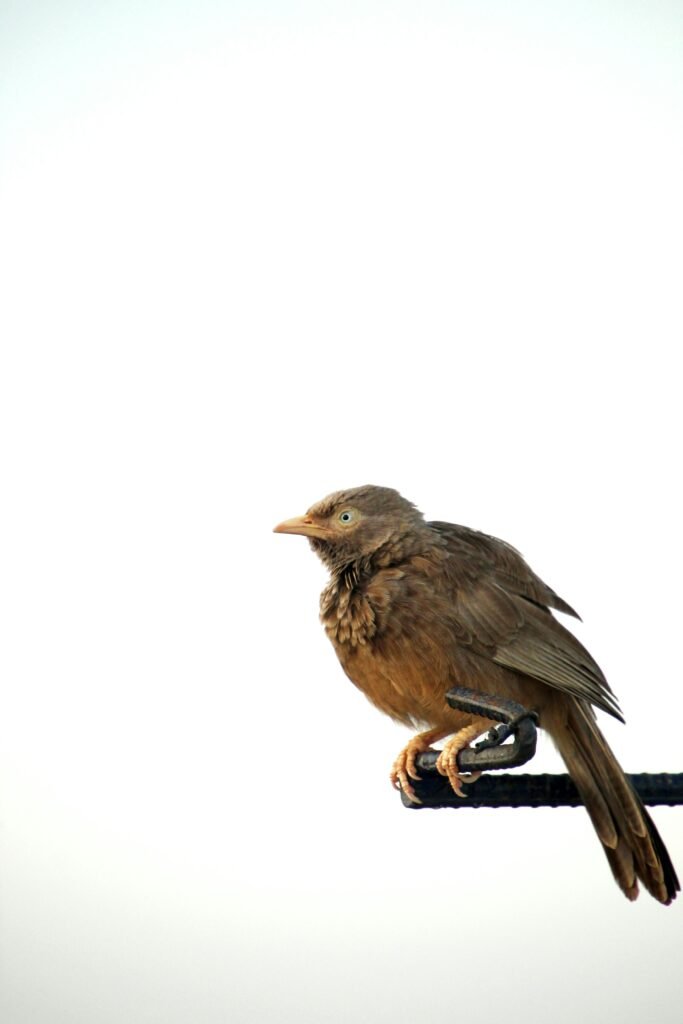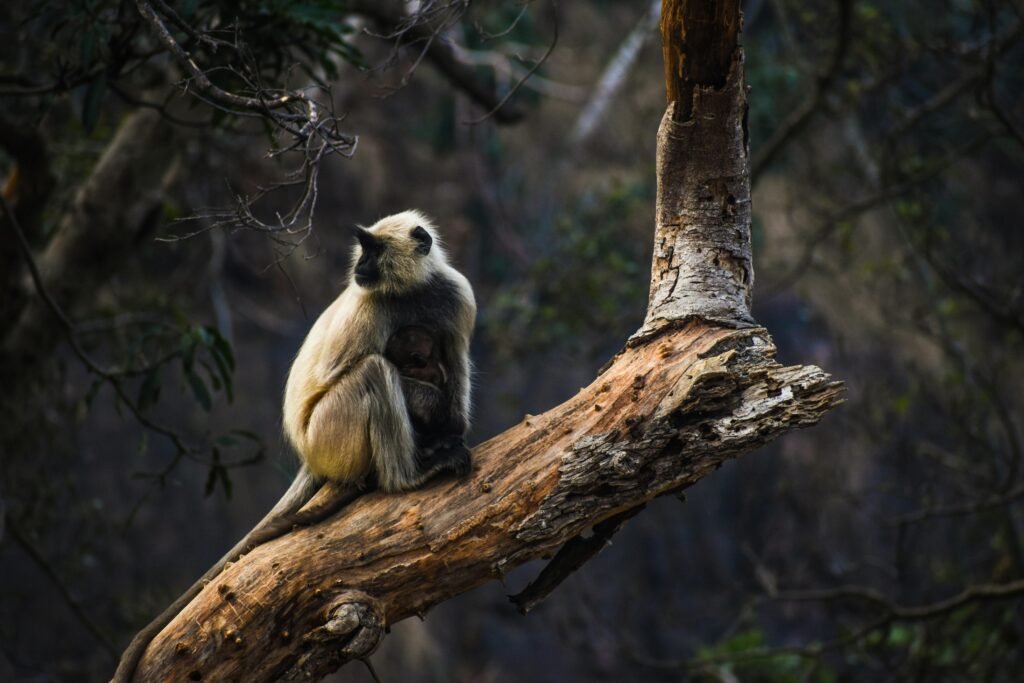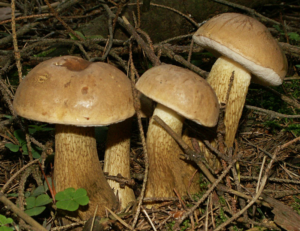Step into the captivating world of Tylopilus felleus, a fascinating species that is sure to pique your curiosity. With its distinct characteristics and role in nature, this mushroom is a hidden gem waiting to be discovered. Explore the mysterious forests where it thrives, admire its unique features, and uncover the awe-inspiring story of Tylopilus felleus. Let yourself be enchanted by the wonders of nature as you embark on this journey of discovery.
Classification of Tylopilus felleus
Kingdom: Fungi
Tylopilus felleus belongs to the kingdom Fungi, which encompasses a vast array of organisms such as mushrooms, molds, and yeasts. Fungi play a crucial role in the ecosystem by decomposing organic matter and facilitating nutrient cycling.
Phylum: Basidiomycota
Within the kingdom Fungi, Tylopilus felleus falls under the phylum Basidiomycota. This phylum consists of fungi that produce spores on specialized structures called basidia. Basidiomycota includes familiar fungi like mushrooms and toadstools.
Class: Agaricomycetes
Tylopilus felleus is classified under the class Agaricomycetes. This class encompasses a wide range of mushrooms that are typically characterized by their fruiting bodies, including caps and stems. Agaricomycetes are ecologically significant as decomposers and mycorrhizal symbionts.
Order: Boletales
The order Boletales houses Tylopilus felleus. Members of this order are known for producing mushrooms with sponge-like pores on the underside of their caps, rather than gills. Boletales includes boletes, a popular group of edible mushrooms.

Family: Boletaceae
Tylopilus felleus belongs to the family Boletaceae. This family encompasses various boletes known for their mycorrhizal associations with trees. Boletaceae species play vital ecological roles as symbiotic partners with certain tree species.
Genus: Tylopilus
Tylopilus is the genus to which Tylopilus felleus belongs. This genus comprises numerous mushroom species that share common characteristics, such as a cap with a dry or slightly sticky surface. Some Tylopilus species are highly sought after by mushroom enthusiasts for their culinary value.
Species: Tylopilus felleus
Tylopilus felleus is the specific epithet for a distinctive mushroom species within the Tylopilus genus. Commonly known as the bitter bolete, it has specific features, ecological preferences, and potential uses that set it apart from other members of its genus.
Characteristics of Tylopilus felleus
Appearance
Tylopilus felleus exhibits several distinct characteristics that aid in its identification. The cap of this mushroom is typically convex to nearly flat, with a diameter ranging from 5 to 20 centimeters. Its color can vary, often displaying shades of brown, but it may also feature hints of pink or violet.

Cap
The cap of Tylopilus felleus is often covered with fine hairs, giving it a velvety or suede-like texture. As the mushroom matures, the cap may become cracked or develop uneven ridges. It is not uncommon to find specimens with a touch of yellow or green near the edges.
Pore Surface
One of the defining features of Tylopilus felleus is its distinctive pore surface. Instead of gills, this mushroom has a sponge-like pore surface on the underside of its cap. The pores are typically small and angular, often appearing whitish or cream-colored but can turn reddish with age or when bruised.
Stem
The stem of Tylopilus felleus is cylindrical and solid, usually tapering downward. It can range in height from 3 to 10 centimeters and has a diameter of approximately 1 to 3 centimeters. The stem may have a smooth or slightly textured surface and often matches the color of the cap.
Spore Print
When collecting Tylopilus felleus for identification, obtaining a spore print is a helpful step. The spore print of this mushroom is usually olive to olive-brown, adding further to its distinctive appearance.
Geographical Distribution

North America
Tylopilus felleus is commonly found in various regions of North America. It is known to occur throughout the United States and Canada, ranging from the east coast to the west coast and from the northern regions to the southern states.
Europe
In Europe, Tylopilus felleus can be found across different countries, including France, Germany, Sweden, and the United Kingdom. It is particularly prevalent in oak woodlands and mixed forests throughout the continent.
Asia
Tylopilus felleus also has a presence in Asia. It has been documented in countries like Japan, China, and Korea, where it can be encountered in diverse forest ecosystems.
Habitat and Ecology
Preferred Growing Conditions
Tylopilus felleus thrives in a specific set of environmental conditions. It is commonly found in deciduous forests, particularly in association with oak and beech trees. This mushroom favors well-drained soil and often appears in areas with rich organic matter.

Symbiotic Relationships
Like many other boletes, Tylopilus felleus forms a mycorrhizal relationship with certain tree species. This mutually beneficial association involves the mushroom’s mycelium integrating with the roots of trees, leading to the exchange of nutrients and water. In the case of Tylopilus felleus, it often forms mycorrhizal partnerships with oak and beech trees.
Culinary Uses
Edibility
While Tylopilus felleus is not widely regarded as a choice edible mushroom, it is still consumed by some individuals. However, it is important to note that this mushroom has a reputation for bitterness, which can vary between individuals. As a result, many foragers prefer to use Tylopilus felleus for culinary purposes as a flavor enhancer or stock ingredient rather than as a standalone mushroom.
Flavor Profile
Tylopilus felleus is known for its distinctive flavor, which can be described as mildly bitter or astringent. This bitterness lends a unique touch to dishes, making it a sought-after ingredient by those looking to add complexity to their culinary creations.
Cooking Tips
To minimize the bitterness of Tylopilus felleus, it is often recommended to parboil or blanch the mushrooms before using them in recipes. This process helps reduce the intensity of the bitter taste and enhances their overall flavor when incorporated into dishes such as soups, stews, or sauces. Additionally, combining Tylopilus felleus with other ingredients and seasonings can help balance the flavors.
Medicinal Potential

Traditional Uses
Tylopilus felleus has a history of traditional use in folk medicine. In some cultures, it has been employed as a treatment for various gastrointestinal conditions. However, it is important to note that traditional uses may not have scientific evidence to support their efficacy and should be approached with caution.
Active Compounds
Studies on Tylopilus felleus have identified several potential bioactive compounds. These include polysaccharides, which exhibit immune-stimulating properties, and phenolic compounds, known for their antioxidant and anti-inflammatory effects. Researchers continue to explore the medicinal potential of these compounds and their possible applications.
Research and Studies
Scientific investigation into the medicinal properties of Tylopilus felleus is ongoing. Preliminary studies suggest potential benefits, including antimicrobial and anticancer activities. However, further research is needed to fully elucidate the therapeutic applications of this mushroom.
Tylopilus felleus in Folklore and History
Cultural Significance
Tylopilus felleus holds cultural significance in various regions throughout its range. In some traditions, it is considered a symbol of endurance and resilience due to its ability to thrive in challenging environments. Its unique appearance and bitter taste have also contributed to its intriguing folklore.
Symbolism
The bitterness of Tylopilus felleus has led to symbolic interpretations in different cultures. In some instances, it represents the trials and tribulations of life and the ability to find beauty or purpose in adversity. Its presence in forests and woodlands also adds to its symbolic value, often embodying the cyclical nature of life and the interconnectedness of all living organisms.
Historical References
While Tylopilus felleus may not have as extensive a historical record as some mushrooms, it has garnered mentions in various mycological texts and field guides. These references document its characteristics, distribution, and occasional culinary utilization, providing insights into its perception over time.
Related Species
Tylopilus rhoadsiae
Tylopilus rhoadsiae is a closely related species to Tylopilus felleus. It shares similar characteristics, such as a brownish cap and a pore surface, but it typically exhibits a milder taste compared to Tylopilus felleus. This species is also valued by mushroom enthusiasts for its potential culinary applications.
Tylopilus bovinus
Tylopilus bovinus, commonly known as the brawny bolete, is another member of the Tylopilus genus with distinct features. It has a reddish-brown cap and a white pore surface that can become pale pink when bruised. Like Tylopilus felleus, it is not widely considered a choice edible but is sometimes used in cooking.
Tylopilus ballouii
Tylopilus ballouii is an intriguing species within the Tylopilus genus. It has a yellowish-brown cap and is known for its association with oak trees. Tylopilus ballouii can develop a bitter taste when cooked, which makes it less desirable as a culinary ingredient.
Identification and Safety Considerations
Distinguishing Tylopilus felleus
To identify Tylopilus felleus, several key features must be considered. The combination of a brownish cap with fine hairs, a sponge-like pore surface, and a stem that matches the cap color are essential identifying characteristics. Obtaining a spore print of olive or olive-brown color can further confirm the identification.
Potential Look-alikes
While Tylopilus felleus has distinctive features, there are other mushrooms that may resemble it. The bitter bolete (Tylopilus neofelleus) and Tylopilus badiceps are two species that can be easily confused with Tylopilus felleus due to their similar appearance. Careful examination and consultation with experienced mycologists or field guides can help differentiate these species.
Toxicity and Allergenic Reactions
Tylopilus felleus is generally considered non-toxic, but it is known to cause gastrointestinal discomfort and allergic reactions in some individuals. As with any wild mushroom, it is crucial to exercise caution and proper identification before consuming Tylopilus felleus, especially for those with allergies or sensitivities to mushrooms.
Conservation Status
Threats and Challenges
The conservation status of Tylopilus felleus remains relatively stable, largely due to its broad distribution across North America, Europe, and Asia. However, factors such as habitat loss, climate change, and pollution could potentially impact its population in the long term. It is essential to monitor and protect the ecosystems where this mushroom thrives to ensure its continued presence in the wild.
Conservation Efforts
Conserving the habitats where Tylopilus felleus occurs is crucial for the preservation of this species and its ecological role. Efforts to protect and restore forests, particularly those with oak and beech trees, can indirectly benefit Tylopilus felleus and other fungi that rely on these environments. Additionally, promoting sustainable harvesting practices and raising awareness about the importance of fungi in ecosystems can contribute to their conservation.
